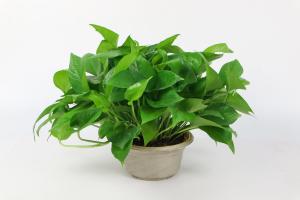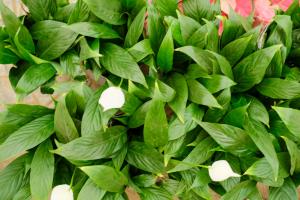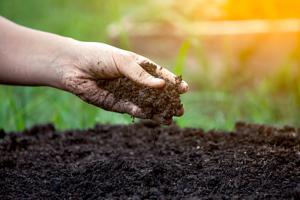1、 Planting time
Ginkgo biloba is usually planted in winter or spring. Because the seeds are buried in the soil, they are not vulnerable to low temperature frostbite. When the temperature rises in spring, they can take root and sprout. The seedling of this plant is not resistant to high temperature. If it is sown in summer, it is easy to be damaged in the seedling stage, and it can not resume growth even in autumn
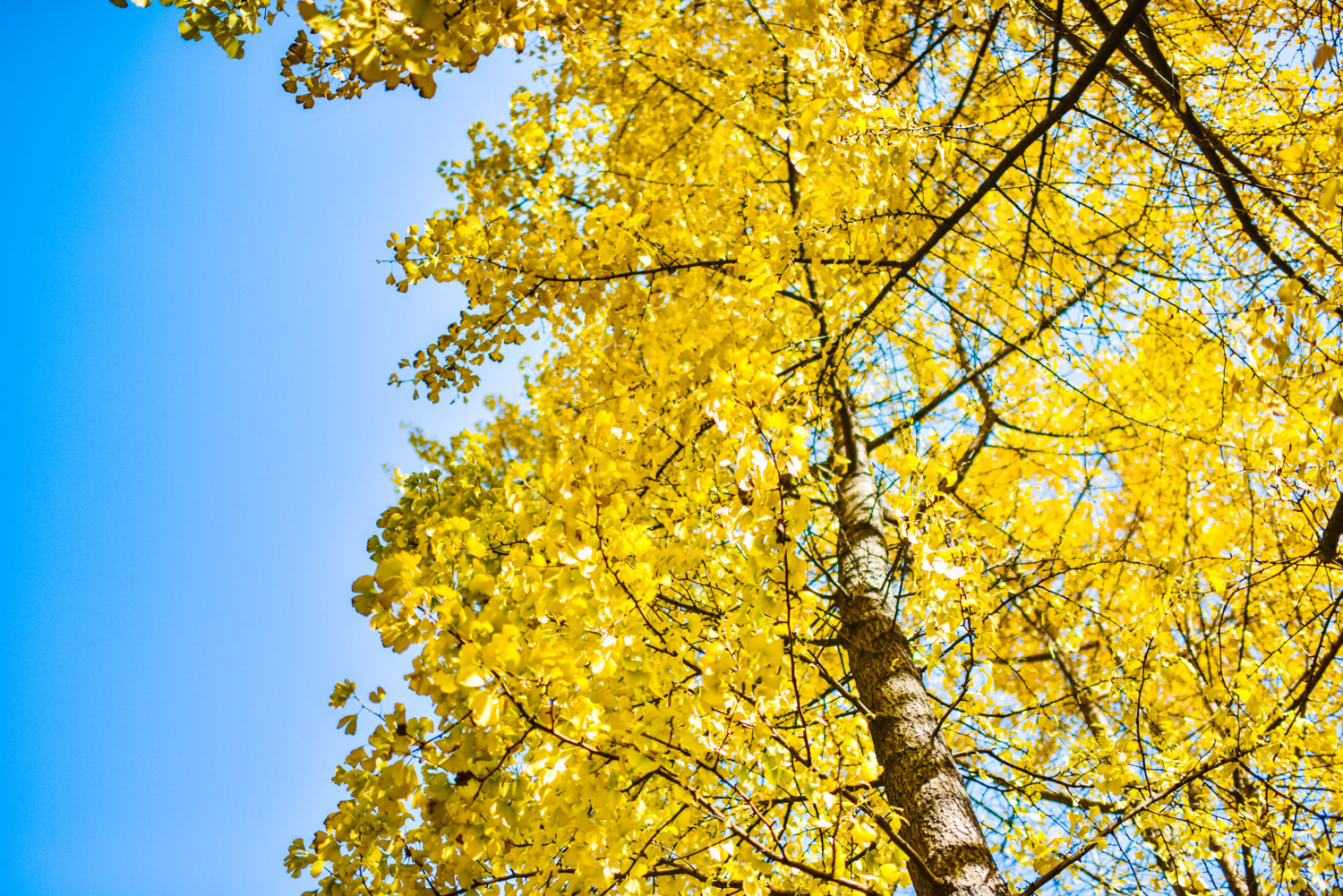
2、 How to promote germination
In order to ensure the smooth emergence of seeds, germination is often required before sowing. Select the seeds with fuller particles, soak them in warm water for 2-3 days, and change the water once a day. Then take it out and put it on plastic paper. Spray water once in the morning or evening to keep it moist. In a week or so, the germination was completed
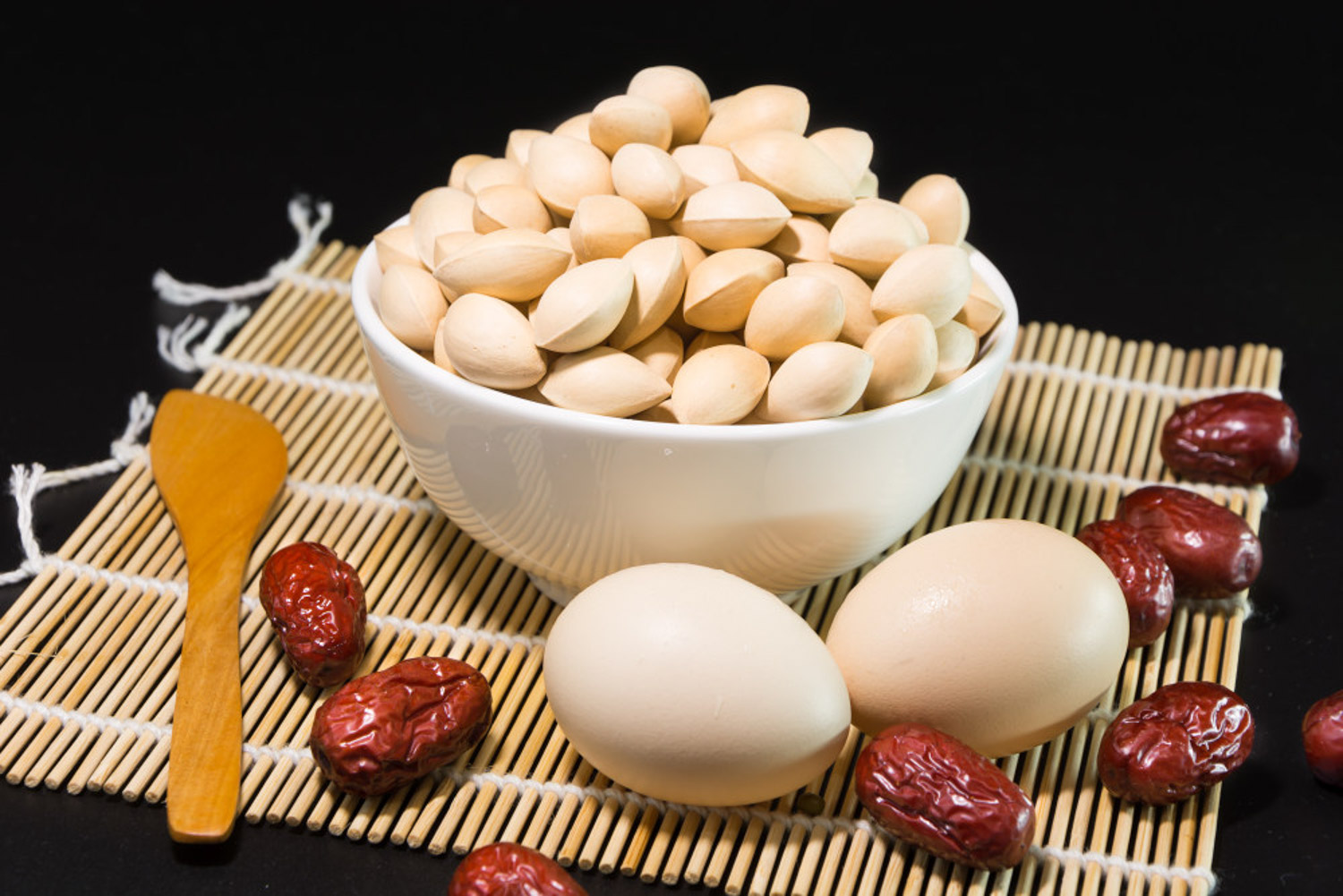
3、 Sowing
Generally, Ginkgo biloba should be sown to a place with deep soil layer, and the depth should be at least more than 1 meter. At the same time, good lighting and ventilation should be ensured to avoid planting at the bottom of the valley and other places. The planting density should not be too large to ensure that each tree has sufficient growth space. Bury the tender buds of the seeds downward into the soil, cover them with a layer of grass curtain to keep warm and moist, and the seedlings can emerge after 15 days
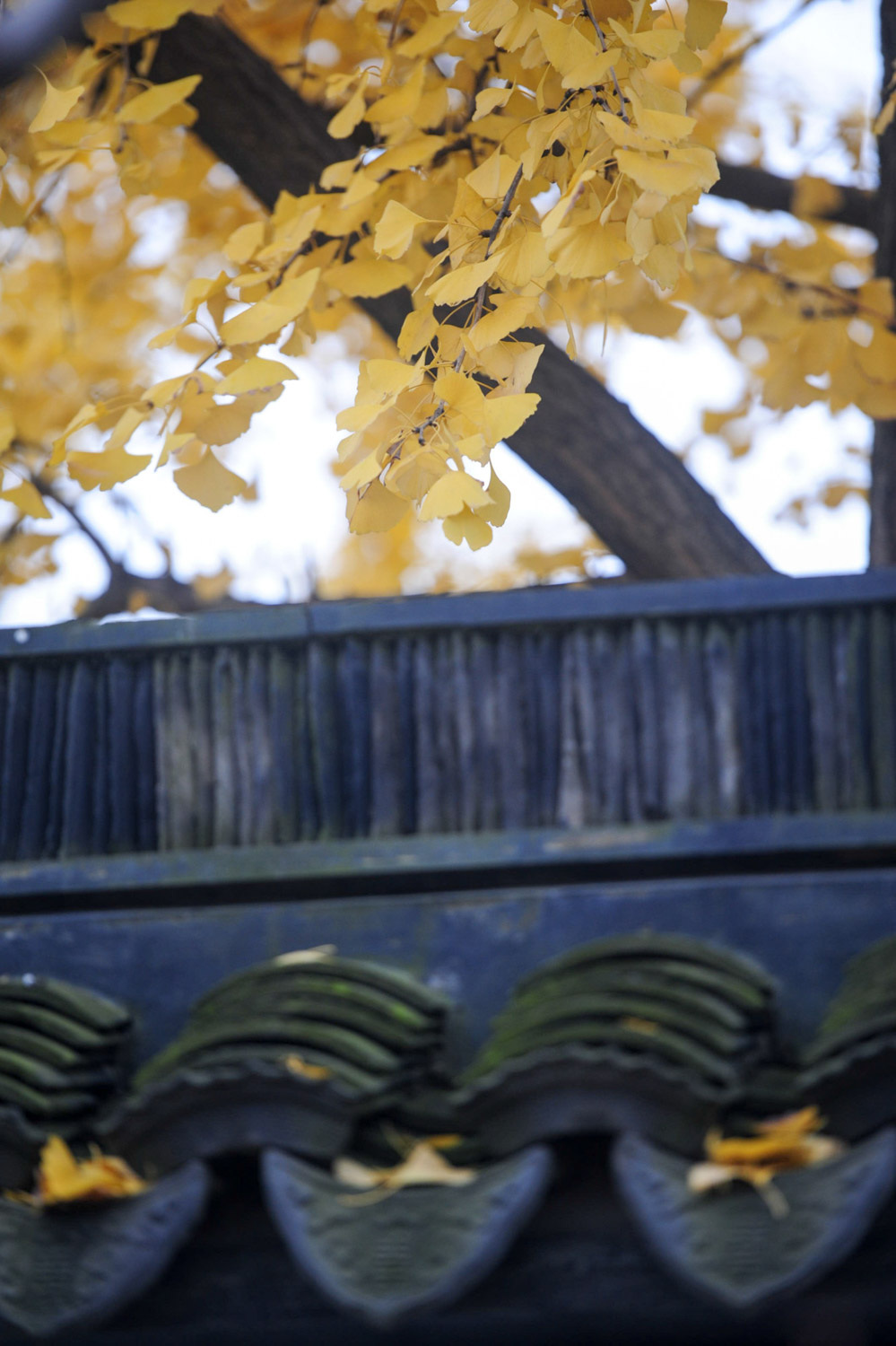
4、 Seedling raising method
When the seedling of Ginkgo biloba grows two real leaves, it needs to be watered to promote its development. At ordinary times, we should ensure sufficient light, which can make the leaves stretch better. In addition, proper fertilization can provide nutrients for it and promote its growth. Fertilizer must be applied thinly and frequently. Seedlings are afraid of thick fertilizer. Poor control of fertilizer will cause them to be burned

 how many times do yo...
how many times do yo... how many planted tre...
how many planted tre... how many pine trees ...
how many pine trees ... how many pecan trees...
how many pecan trees... how many plants comp...
how many plants comp... how many plants can ...
how many plants can ... how many plants and ...
how many plants and ... how many pepper plan...
how many pepper plan...
